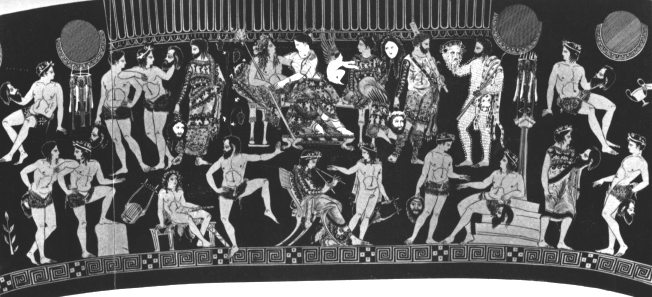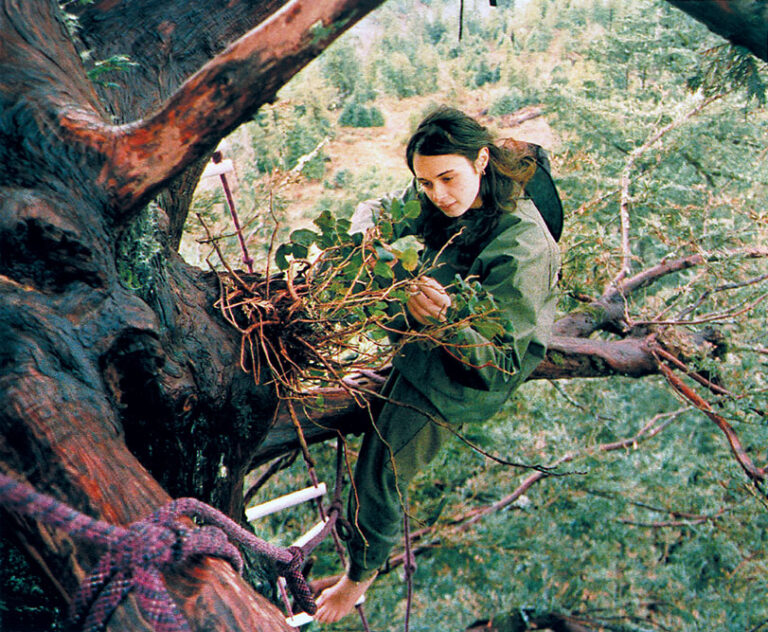The Cultural Significance of the Great Dionysia: A Deep Dive into Ancient Celebrations
What is the Great Dionysia?
The Great Dionysia, also known as the City Dionysia, was a monumental festival held in Athens every spring to honor Dionysus, the Greek god of wine, fertility, and theater. This celebration was not just a religious observance but a significant cultural event that involved dramatic performances, parades, and various rituals. It was a time when the community came together to celebrate life, death, and rebirth, reflecting the complex relationship between humanity and the divine.
Historical Context

The Great Dionysia traces its roots back to the 6th century BCE, during the time of Pisistratus, a tyrant who promoted the arts to elevate Athens’ cultural status. This festival became an essential part of Athenian identity, showcasing the city’s artistic prowess and serving as a vehicle for political expression and social commentary.
Key Features of the Festival:
- Time of Year: The festival was held in March, coinciding with the beginning of spring, symbolizing rebirth and renewal.
- Duration: It typically lasted for several days, culminating in dramatic performances and competitions.
Importance in Ancient Greek Society
The Great Dionysia was crucial for several reasons:
- Religious Significance: It was a tribute to Dionysus, whose mythology is deeply interwoven with themes of transformation and ecstasy. The festival was believed to ensure a good harvest and the fertility of the land.
- Civic Pride: As one of the most important festivals in Athens, it fostered a sense of community and pride among the citizens. The participation of the polis in the festival underscored the importance of collective identity.
- Artistic Expression: The Great Dionysia served as a platform for playwrights, actors, and musicians to showcase their talents, thereby influencing the development of Western theater.
The Feast of Dionysus: Origins and Traditions

The Mythology Behind Dionysus
Dionysus, often depicted as a youthful figure holding a vine or a thyrsus (a staff entwined with ivy), represents the dual nature of humanity—joy and madness, life and death. His myths reveal a complex character who breaks societal norms and embraces the chaos of life. He was considered a liberator, encouraging the expression of emotions and the exploration of one’s true self.
The Rituals and Practices
The rituals of the Great Dionysia were elaborate, including:
- Processions: A grand procession would make its way through the streets of Athens, featuring a decorated statue of Dionysus, accompanied by music, dance, and chanting.
- Sacrifices: Livestock, particularly goats (symbolizing fertility), were sacrificed to honor the god. This act was seen as a way to appease Dionysus and ensure his blessings.
- Dramatic Competitions: Playwrights competed for prizes, presenting tragedies and comedies that often reflected social and political themes. This tradition laid the foundation for what would become the cornerstone of Western drama.
Significance of Wine and Fertility
Wine, a vital component of the festival, symbolized life, transformation, and ecstasy. It played a central role in the celebrations, facilitating communal bonding and the liberation of inhibitions. Dionysus was often referred to as “the giver of wine,” and his association with fertility highlighted the cycle of life, death, and rebirth.
The Structure of the Festival
Duration and Timing of the Celebration
The Great Dionysia spanned five to six days, beginning with religious rituals and culminating in dramatic performances. Each day had its unique schedule, highlighting different aspects of the festival.
Key Events and Activities
1. Procession and Sacrifices
The festival kicked off with a grand procession to the theater, where participants would carry offerings to Dionysus. Sacrifices were made, accompanied by prayers and chants, seeking the god’s favor.
2. Dramatic Competitions
The centerpiece of the festival was the dramatic competition. Playwrights like Aeschylus, Sophocles, and Euripides presented their works, often revolving around mythological themes and human experiences. The winning playwright received accolades and prizes, solidifying their status in the Athenian artistic community.
3. Role of Athletes and Performers
Athletic competitions, including foot races and wrestling, were also integral to the festival. This reflected the Greek ideal of a well-rounded individual, excelling in both physical and artistic endeavors.
Artistic Expressions: The Feast of Dionysus in Art
Representations in Ancient Art
The Great Dionysia’s influence extended beyond theater, permeating various art forms. Vases, sculptures, and murals depicted scenes from the festival, showcasing the revelry, theatrical performances, and the worship of Dionysus.
Notable Paintings and Sculptures
Prominent artworks that capture the essence of the Great Dionysia include:
- The Panathenaic Amphora: A vase awarded to victors of the Panathenaic Games, often depicting Dionysian themes.
- The Vase of the Dancing Maenads: Showcasing the ecstatic followers of Dionysus, this artwork highlights the celebration’s frenzied joy.
Influence on Later Artistic Movements
The themes and motifs from the Great Dionysia resonated throughout history, influencing various artistic movements, including the Renaissance and Romanticism. The celebration of human emotion and the exploration of existential themes remain relevant in contemporary art and performance.
The Great Dionysia’s Influence on Modern Culture
Impact on Theater and Performance Arts
The Great Dionysia laid the foundation for Western theater, introducing elements such as:
- Tragedy and Comedy: These genres evolved from the festival’s dramatic performances, shaping the narrative structures and themes in modern storytelling.
- Theatrical Conventions: The use of masks, costumes, and elaborate staging has its origins in the practices of the Great Dionysia.
Contemporary Celebrations and Festivals
Modern festivals, such as Mardi Gras and various wine festivals, echo the spirit of the Great Dionysia. These celebrations often emphasize community, revelry, and the joys of life, reflecting the festival’s core values.
Lessons from Ancient Traditions
The Great Dionysia teaches us the importance of community engagement, artistic expression, and the acknowledgment of both joy and sorrow in life. It serves as a reminder that celebration is essential for cultural identity and collective memory.
The Enduring Legacy of the Great Dionysia
Reflection on Its Cultural Impact
The Great Dionysia remains a significant cultural touchstone, symbolizing the power of art and community. Its influence is evident in contemporary theater, literature, and even social practices.
The Relevance of Dionysian Themes Today
Dionysian themes—celebration, ecstasy, and the exploration of human experience—continue to resonate in modern society. They remind us of the importance of embracing life’s complexities and the joy found in collective celebration.
Biography of Dionysus
| Attribute | Details |
|---|---|
| Name | Dionysus |
| Domain | Wine, fertility, theater |
| Symbols | Thyrsus, grapevine, leopard |
| Parentage | Zeus and Semele |
| Cult | Widely worshipped in ancient Greece |
| Festivals | Great Dionysia, Lesser Dionysia |
Quotes:
“Dionysus is not just the god of wine; he represents the duality of existence—joy and sorrow intertwined.” — Wikipedia
“The Great Dionysia was not merely a festival; it was a celebration of the human spirit.” — History Defined
Frequently Asked Questions
1. What activities were part of the Great Dionysia?
The festival included processions, sacrifices, and dramatic competitions featuring famous playwrights.
2. How did the Great Dionysia influence modern theater?
It laid the groundwork for dramatic genres, theatrical conventions, and the celebration of human emotion in storytelling.
3. What role did wine play in the Great Dionysia?
Wine symbolized life and ecstasy, facilitating communal bonding and expression during the festival.
4. Who were some famous playwrights associated with the Great Dionysia?
Notable playwrights include Aeschylus, Sophocles, and Euripides, who presented their works during the festival.
5. How is the Great Dionysia celebrated today?
Modern festivals echo its spirit, focusing on community, revelry, and the joys of life, similar to the ancient celebration.
Meta Description: Explore the Great Dionysia, an ancient Greek festival celebrating Dionysus, and its profound impact on art, theater, and modern culture.
References:
- History Defined
https://www.historydefined.net/great-dionysia/ - Wikipedia
https://en.wikipedia.org/wiki/Dionysus






